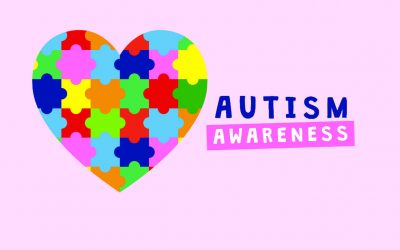Working with people with challenging behavior
by Nathan E. Ory, M.A.
When individuals are “stuck” in a maladaptive behavior they are sometimes unable to make a transition or shift in response to any “external” effort. When “nothing works” to change a behavior it may be necessary to work with the individual by using what I call “following guidance.” (Another way of saying this is to “go with the flow” and lead them into a more appropriate expression of what they are already doing.)
This article suggests a number of questions you may ask to try to find an “opening” into their way of thinking. Use their own developmental repertoire to give you a lead.
1. What is the individual’s developmental level?
Some individuals may be unable to respond to approaches relevant to their chronological level. Factors to keep in mind include whether or not the child has a sense of “object permanence”, their comprehension of “time”, and their level of egocentricity or self-centeredness.
Your approach has to be relevant to what you would expect to be a relevant approach to a typical child who is functioning at the same emotional and cognitive developmental level.
2. Is there any behavior in the individual’s existing repertoire that is an acceptable alternative?
Although their own repertoire of positive behaviors might be very small, the assignment is to make a list of everything the person ever does, either prompted or spontaneously that is an acceptable alternative to their maladaptive behavior of concern.
Instead of trying to get the non-responsive person to respond to “no”, “don’t” and “stop”, work on trying to get them to respond to “yes”, “do” and “start” their own repertoire of positive behaviors.
3. Is there anything the individual would work hard to have or do?
To begin with, this might be access to some maladaptive sensory behavior that you are trying to inhibit or stop. It may be possible to use access to this maladaptive behavior to motivate other, more positive behavior. This is called using the Premack Principle as a reinforcer, where the opportunity to do a highly likely behavior can be used to motivate a less likely behavior.
For example: For one person who likes to sniff other’s smelly feet, the opportunity to briefly do this was offered after the person allowed you to put smelly perfume on their hands. Eventually, asking others to put perfume on their hands was shaped into an alternative behavior to asking others to smell their feet.
For example: For a person who engaged in masturbation while in public areas, the opportunity to do this was offered after the person accepted direction to a “private” place where they could do this “personal and private” behavior.
For example: For one person who was an unsteady walker, he always “tugged” and pulled back when you took his hand, often pulling over his caregivers. The only place he did not “tug” was when holding onto the railing while climbing stairs. The solution was to always give him a tube-like handle to hold attached to the end of a short length of elastic stretch cord, held on the other end by his caregiver. This created a consistent level of resistance that he could use to keep himself walking.
In these ways you “use” the socially inappropriate behavior to “teach” the person a more socially appropriate behavior.
4. Are there any circumstances where the individual does not display the behavior of concern?
Is there anything that you can ever do that causes them to sometimes stop or shift the behavior, “on a dime?”
If so, create more of these circumstances to “displace” the opportunity for the behavior of concern to occur. Work harder to keep the person supported in highly structured environments.
© 2002, Nathan E. Ory, M.A.
Registered Psychologist
Challenging Behavior Analysis and Consultation
challengingbehavior@shaw.ca


